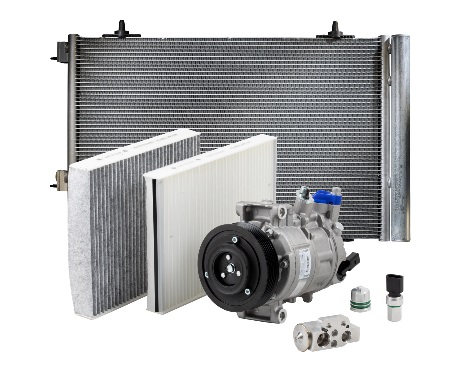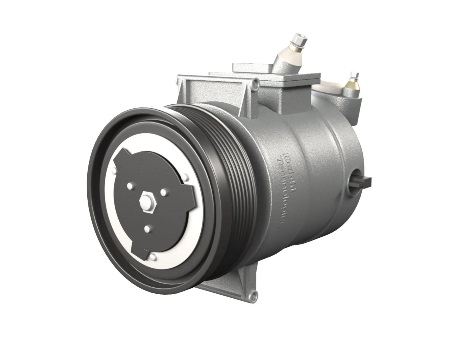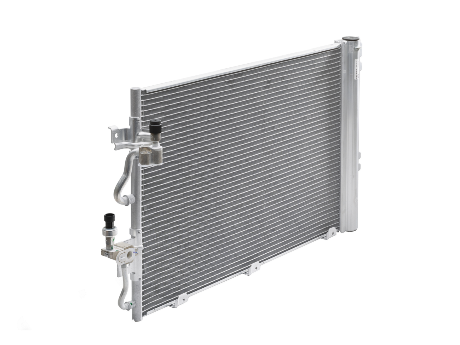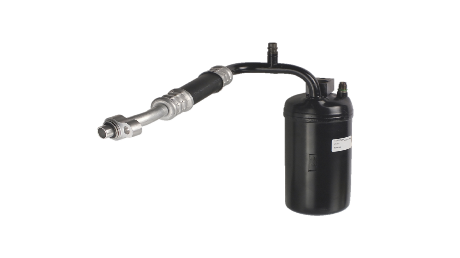Cabin Air Filters

High-performance media
All our cabin air filters use a high-performance, non-woven fabric to eliminate dust, pollen, bacteria and exhaust particles, amongst others. The specially designed filter fabric contains up to five individual layers, removing near 100 percent of harmful pollutants.
Enhanced protection
Over time moisture can build up in the filter and become a feeding ground for bacteria and mould. This can then spread into the lines of the HVAC system, where it emits unpleasant odours. For the ultimate protection from this and other pollutants, we also offer a range of carbon activated filters. Our carbon activated filters feature the same high quality, non-woven fabric as our particle filters, with the addition of a layer of activated carbon. Sandwiched between two layers of fleece, this highly effective technology removes more pollutants than standard filters, and expels nasty gases and smells too.
The Delphi Difference
-
100 years of OE experience, supplier to the world’s top automakers
-
OE heritage and knowledge built into every aftermarket part
-
Comprehensive portfolio for a wide range of vehicles and model years
-
Streamlined SKUs for easy inventory management
-
Support through tools, tips and training

Related product resources and downloads

Resource Highlights
In this article you will find out about how to accurately diagnose a refrigeration leak.
Do You Know the Difference? How to Spot the Type of Refrigerant Leak for an Accurate Diagnosis.
When diagnosing a refrigerant leak, it is necessary to know what type of leak is present in the air conditioning system.
There are two types of refrigerant leaks – active and passive.
An active leak is easier to locate than a passive leak. Knowing the type of leak you are dealing with will help determine the type of refrigerant leak detection tool to use for locating the leak.
Active Refrigerant Leak
The active refrigerant leak is a continuous leak. There are some common causes for active leaks in an air conditioning system. They can include:
Corrosion porosity on a refrigerant line, evaporator or condenser.
Paint flaking from a steel refrigerant line or condenser is not always an indicator of a refrigerant leak. Paint flaking is normal and it will occur over time. Evidence of oil around the rusted or paint flaked refrigerant line does indicate that a leak is present.
O-ring or sealing washer
- Debris trapped between an O-ring or sealing washer joint or mating surface
- An incorrect size O-ring or sealing washer used on a joint or mating surface
- A rolled O-ring
- A missing O-ring or sealing washer
Refrigerant line
- Damage from bending a line during a refrigerant system repair
- An impact which caused the line to become deformed
Improperly torqued components
- An over torqued or under torqued refrigerant line or component joint or component fitting
- An under torqued pressure switch or cycling switch
- A loose service port cap
Compressor
- A crack in the compressor housing
- Loose compressor thru bolts
- Compressor shaft seal
- Compressor body seals
Service valve or pressure switch
- A pintle that is off center and is not seating properly
- A loose valve pintle
Component casting porosity
- Porosity from an improperly manufactured part, such as the compressor housing or a thermal expansion valve (TXV) body.
Using an electronic leak detector is an effective tool to locate an active leak.
Passive Refrigerant Leak
A passive leak is a type of refrigerant leak that intermittently occurs. Passive refrigerant leaks are caused by changes in pressure, temperature or vibration. Below are some examples of how a passive leak can occur:
Pressure
- Expansion and contraction of an under torqued refrigerant line, component joint or component fitting during operation of the air conditioner
- Compressor shaft seal leak
Vibration
- A cracked braze on a condenser or evaporator from a refrigerant line that is not supported properly
Temperature
- Compressor body or front head O-ring
Since this type of leak is intermittent, the use of the electronic leak detector may not be effective; therefore the use of refrigerant ultraviolet leak detection dye must be used. Once the dye is added to the refrigerant system, it may require time to locate the leak depending upon the severity of the leak and the driving habits of your customer. This could take from a few minutes to a few days. Some air conditioning systems have dye installed from the vehicle manufacturer. Check before adding additional dye to the system.

Visit our Technician Library for access to Documents and Downloads
Get in touch
The full Delphi Air Conditioning product range
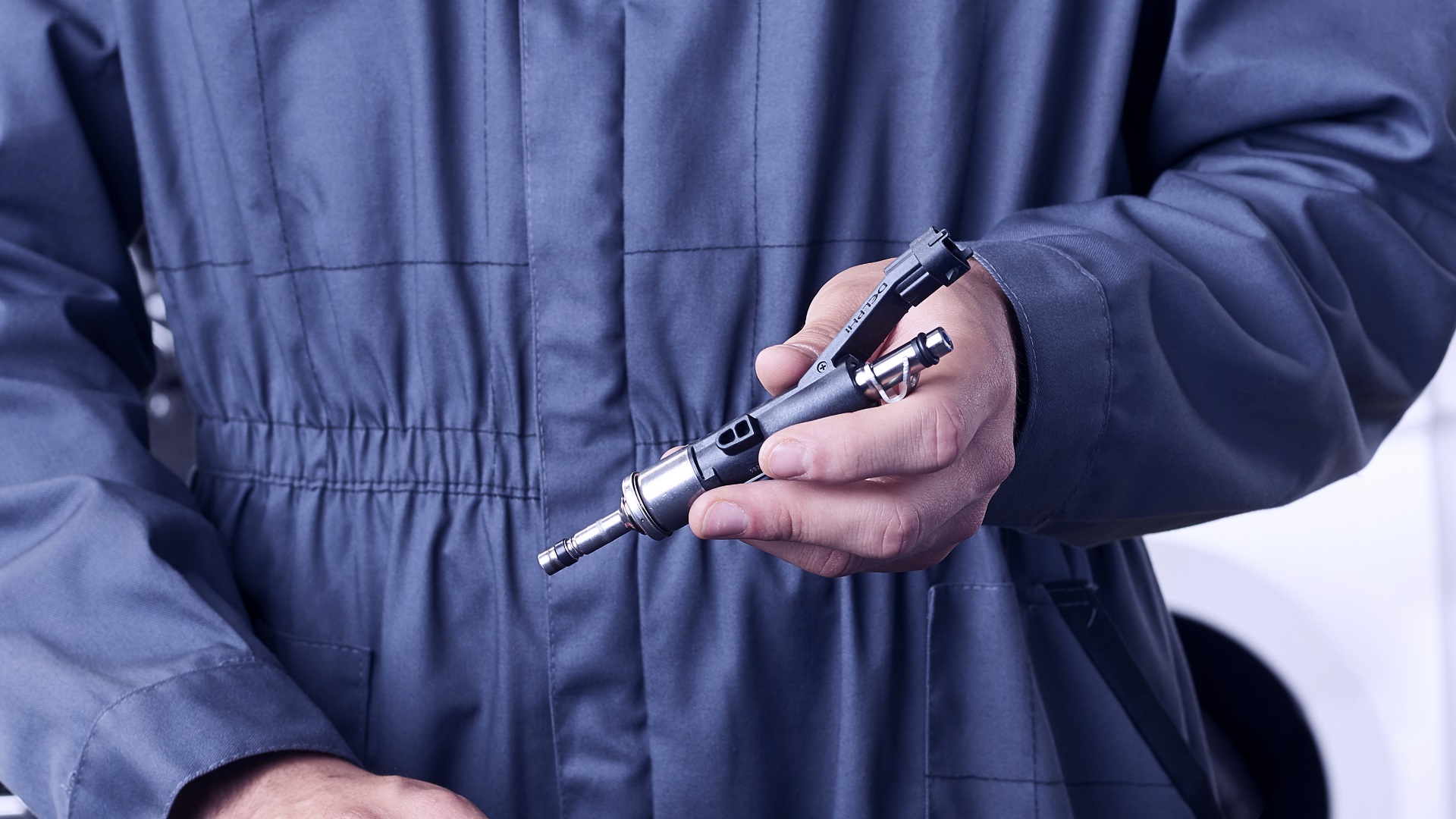
Find out where to buy Delphi parts

.tmb-460w.jpg?Culture=en-GB&sfvrsn=c70917c0_6)
